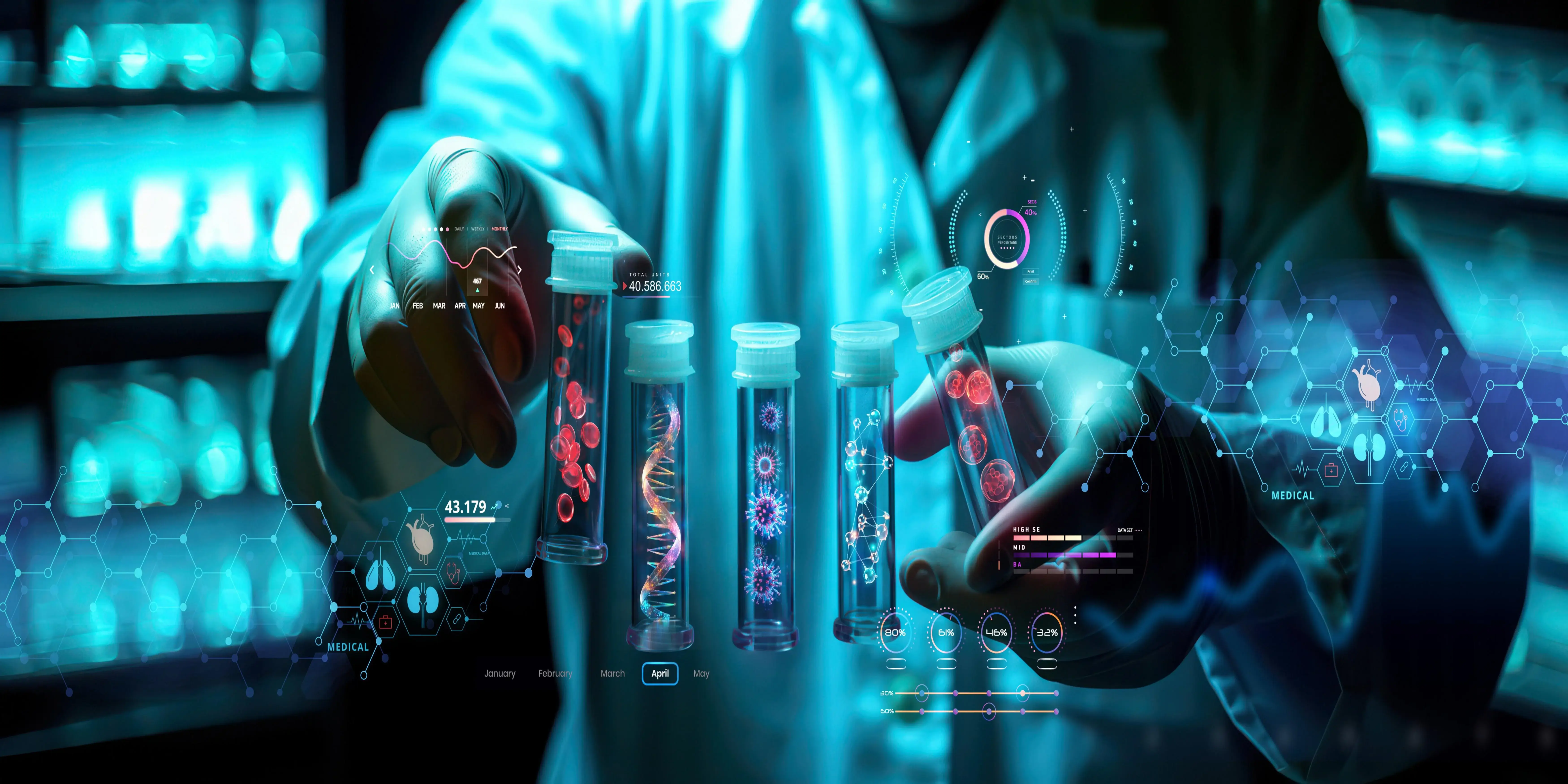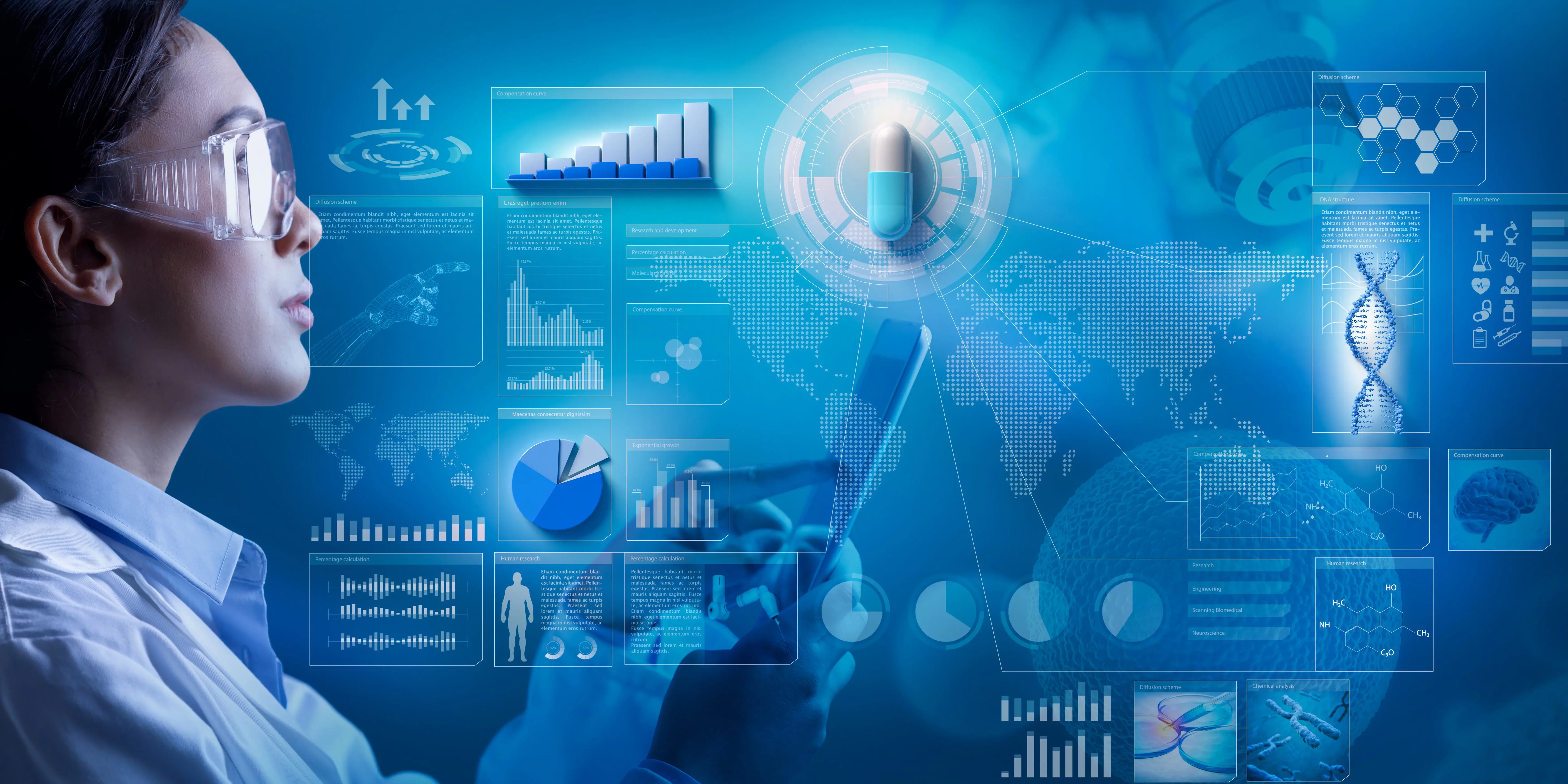Bio-specimen samples are biological materials, such as blood, urine, saliva, tissue, and cells that are collected from humans or animals for research or diagnostic purposes. The accurate collection and processing of bio-specimen samples is essential to ensure the quality and reliability of the results obtained from subsequent analyses.
The Significance of Bio-Specimen Samples
Bio-specimen samples are invaluable in medical and scientific research for several reasons:
Disease Understanding: Samples allow researchers to investigate the molecular and genetic basis of diseases, leading to better diagnoses and treatments.
Biomarker Discovery: Biomarkers, which are measurable indicators of biological processes or conditions, can be identified in samples, aiding in early disease detection.
Drug Development: Testing potential drugs and therapies on samples helps evaluate their safety and effectiveness before clinical trials.
Personalized Medicine: By analyzing a patient's bio-specimen samples, healthcare providers can tailor treatments to an individual's specific needs.
Epidemiological Studies: Large-scale collection and analysis of samples contribute to understanding population health trends and risk factors.
Ethical Considerations: Before embarking on any sample collection, ethical approval and informed consent from donors are crucial. Participants must be aware of the study's objective, potential dangers, and how their samples will be utilized.
Choosing the Right Sample: Researchers must carefully select the type of bio-specimen that aligns with their study objectives. Common bio-specimens include blood, urine, tissue, saliva, and cerebrospinal fluid.
Standardized Procedures: To maintain sample integrity, strict collection protocols must be followed. This includes using sterile equipment, minimizing contamination, and adhering to specific collection times.
Sample Storage: Immediately after collection, samples must be stored appropriately. Freezing, refrigeration, or preservation with chemicals may be necessary to prevent sample degradation.
Transportation: When samples need to be transported to a laboratory, they must be packaged securely, often using dry ice or temperature-controlled containers to maintain their integrity.
Blood samples are among the most commonly collected bio-specimens due to their wealth of information about a person's health. The procedure involves:
Venipuncture: A trained phlebotomist or nurse draws blood from a vein, typically in the arm, using a sterile needle and syringe or a vacutainer.
Anticoagulants: Depending on the intended analysis, anticoagulants may be added to prevent clotting. Common anticoagulants include EDTA, heparin, and citrate.
Serum Separation: For serum analysis, blood must clot before centrifugation. This separates the liquid serum from the solid components, such as cells and clotting factors.
Storage: Blood samples are usually stored at cold temperatures to maintain stability.
Urine samples are valuable for assessing kidney function, detecting metabolic disorders, and monitoring drug use. Collection involves:
Clean Catch: Patients are instructed to clean the genital area and collect a midstream urine sample in a sterile container.
24-Hour Collection: In some cases, a complete 24-hour urine collection may be required for more comprehensive analysis.
Preservation: If immediate analysis is not possible, urine samples should be refrigerated to prevent bacterial growth and changes in chemical composition.
Tissue samples are essential for understanding the cellular and structural aspects of diseases. The process involves:
Biopsy: A small piece of tissue is removed from the body using a biopsy needle or during surgery.
Fixation: Tissue samples are fixed in formalin or other preservatives to maintain their structure.
Embedding: Samples are embedded in paraffin wax or resin to facilitate thin sectioning for microscopic analysis.
Cryopreservation: Some samples, like frozen tissue sections, are preserved at extremely low temperatures for molecular analysis.
Saliva contains a wealth of information, including DNA, hormones, and biomarkers. Collecting saliva samples is relatively non-invasive:
Oral Rinsing: Participants rinse their mouths with water to remove contaminants.
Saliva Collection:Using a specialized saliva collection device, participants spit into a tube until a sufficient sample is obtained.
Preservation: Samples may be immediately stabilized with preservatives to prevent degradation.
Cerebrospinal Fluid (CSF) Sample Collection
CSF is vital for diagnosing neurological conditions and infections of the central nervous system. Collecting CSF involves:
Lumbar Puncture: A needle is inserted into the spinal canal in the lower back to access the CSF.
Sample Collection: CSF drips into a sterile collection tube, which is then sealed and sent for analysis.
Once collected, bio-specimen samples must undergo meticulous processing to prepare them for analysis. The exact procedures vary depending on the type of sample and the intended analyses, but some common steps include:
Centrifugation: Centrifugation separates solid components (e.g., cells) from liquid components (e.g., plasma or serum) in blood samples.
Aliquoting: Samples are divided into smaller aliquots to facilitate multiple analyses without repeated thawing and freezing.
Preservation: Preservatives, such as RNA later or formalin, may be added to maintain the stability of molecules within the sample.
DNA/RNA Extraction: DNA or RNA is extracted from samples using specialized kits or protocols for genetic analysis.
Quality Control: Rigorous quality control measures, including assessing sample integrity and purity, are crucial to ensure reliable results.
Sample Storage and Transport
Once the sample has been processed, it may need to be stored or transported to another laboratory for analysis. The storage and transport conditions will vary depending on the type of sample and the intended analysis. However, some general principles that should be followed for all sample storage and transport procedures include:
Use of appropriate containers: The sample should be stored in a container that is compatible with the sample type and that prevents contamination or degradation.
Use of appropriate storage conditions: The sample should be stored at the appropriate temperature and other conditions to preserve its integrity.
Use of appropriate transport conditions: The sample should be transported in a manner that protects it from damage or contamination.
The accurate collection and processing of bio-specimen samples is essential to ensure the quality and reliability of the results obtained from subsequent analyses. By following the general principles and best practices outlined above, researchers and clinicians can help to ensure that their bio-specimen samples are collected, processed, stored, and transported in a manner that preserves their integrity and value.
Clinfinite Solutions offers expert sample collection and processing of bio-specimen samples. Trust us for accurate and reliable results.
Visit Us Now :- https://www.clinfinite.com



